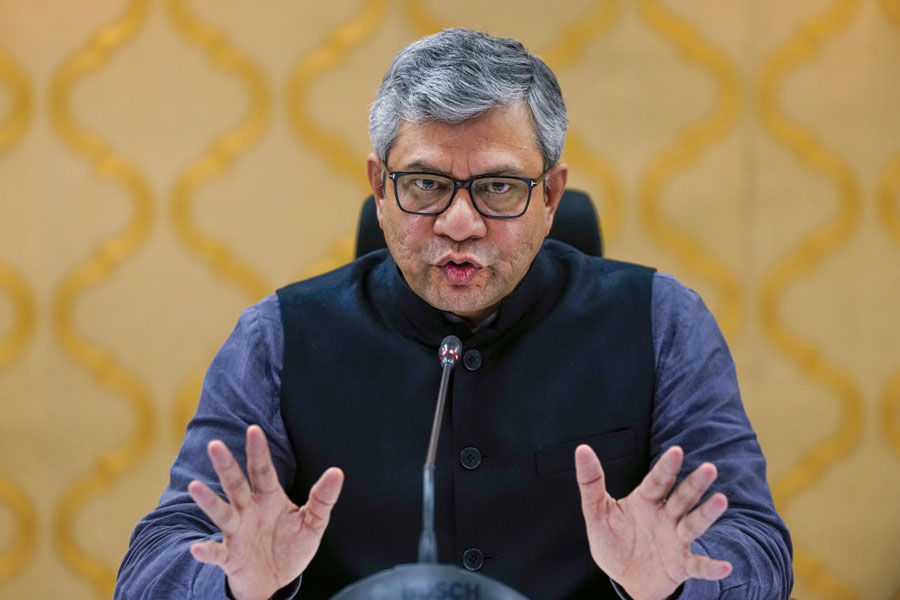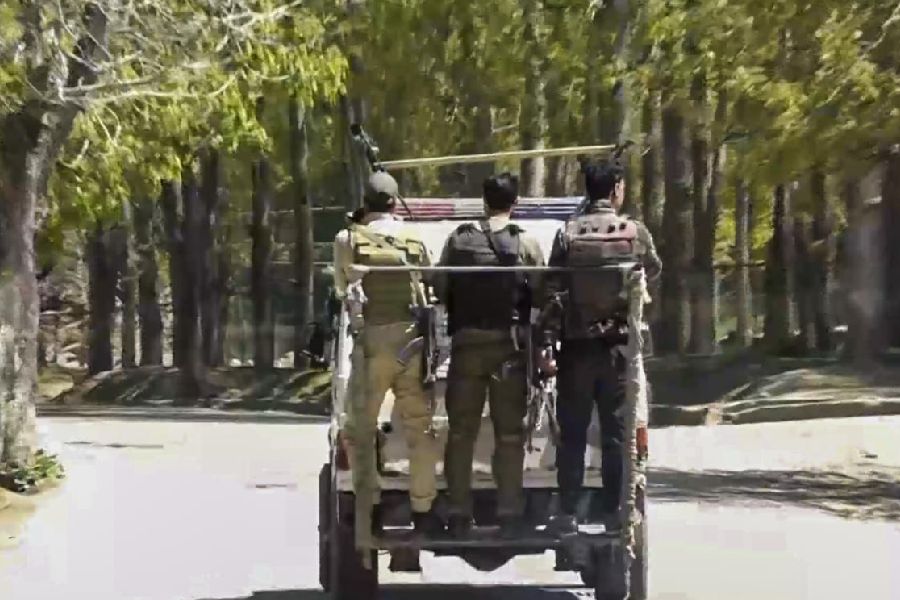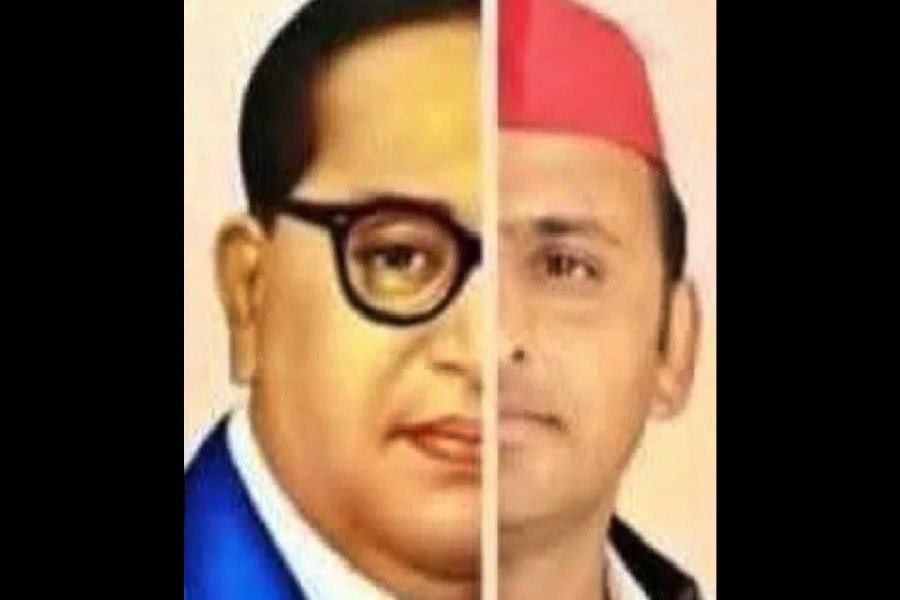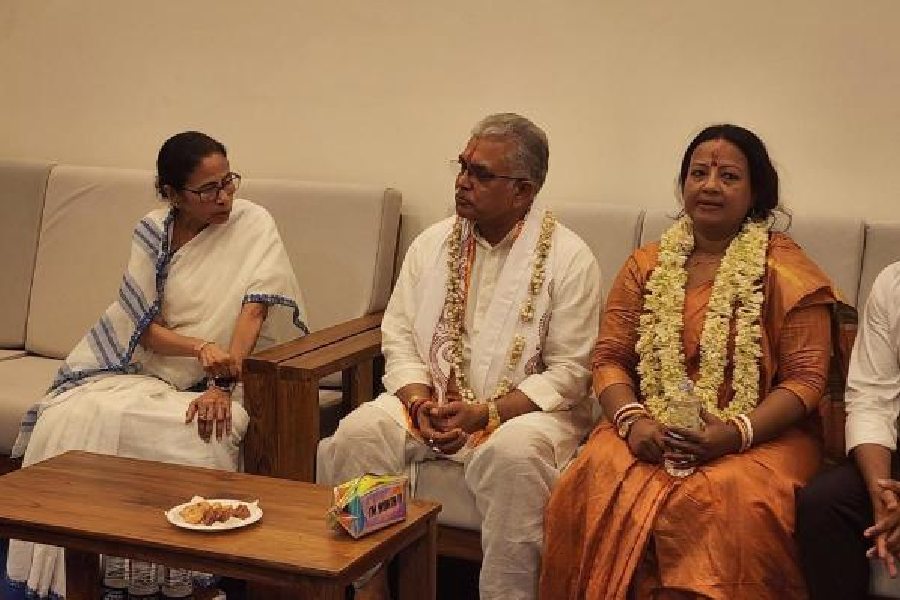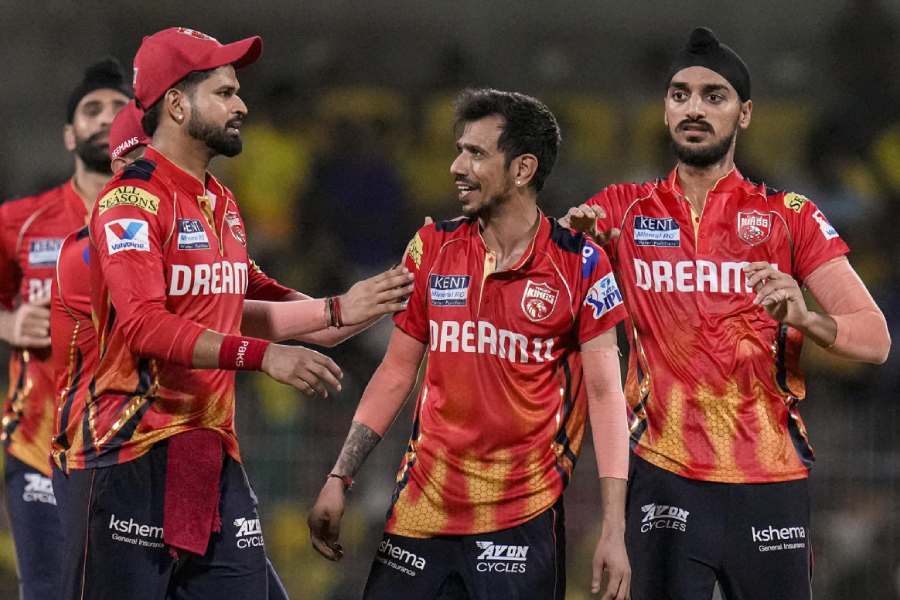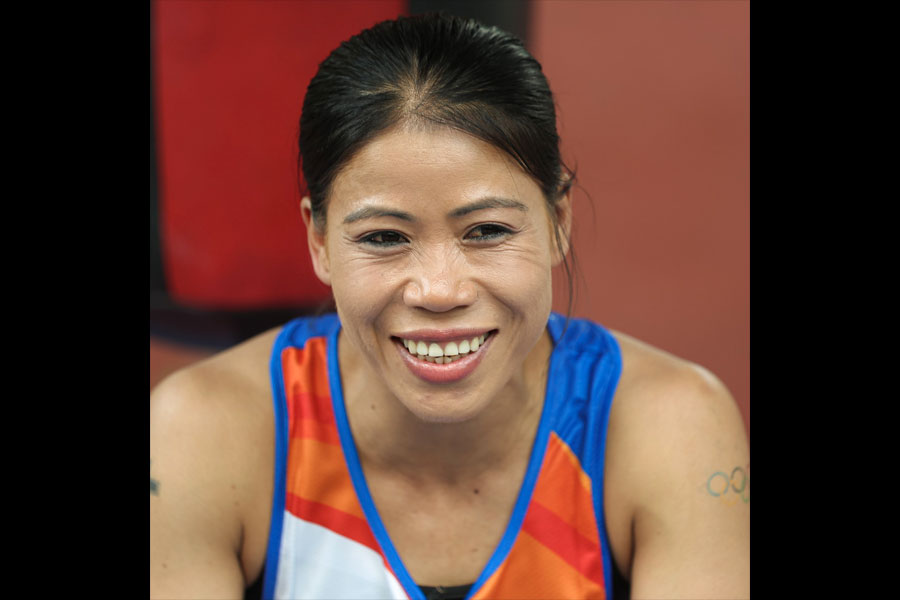If you finish your sentences with question marks and trawl the Internet constantly for all sorts trivia, then you must be familiar with the q-people (the quizzards), if you’re not already a part of the gang. Ever wonder how trivia-seekers from India, with oversized glasses and neat hairstyles, operated in the late 1980s before the Internet and smartphones made life easy? Well, Q’s new film B Naman turns the spotlight on India’s quiz culture of that era and tells the coming-of-age tale of four quizzards in Bangalore. The period piece told in the classic straight narrative stars Shashank Arora, Tanmay Dhanania, Vaishwat, Chaitanya and Siddharth Mallya (yes, that’s Sid ‘RCB’ Mallya). Having wrapped up the shoot of this English film (produced by Steve Barron in association with Overdose Joint and Corniche Pictures, UK) in Mysore, Q tells t2 why he had so much fun doing a period piece stepping out of his comfort zone...

What’s the genesis of B Naman?
The film is based on a story by the UK-based S Ramachandran, who hails from Bangalore. And Ramachandran is friends with Steve Barron (director of Teenage Mutant Ninja Turtles), who is the principal producer of the film. Ramachandran and Steve go back a long way. Steve read his script and they developed it together. They worked on it for almost two years before it came to me. Steve had seen Gandu and felt that I could bring in some kind of kinetic energy to this. Most of my films have very few dialogues, but B Naman is a conversation film. It’s all about acting, pitch delivery, timing, classic narrative. This is the first time I’m making a film written by someone else, if I don’t consider Tagore’s Tasher Desh, which was a text frozen in time.
What was the hook for you? Why did you get interested in the story?
I read the script and it was excruciatingly funny. Also, it was sufficiently dodgy to keep me interested in it. The hook was that the story’s about my time. Ramachandran talks about a time when we were growing up. The film is set in the late 1980s and it’s about the quiz culture that was rampant in those days. I had friends who were quizzards. It was a community and we shared that slow time before India became what it is now. And the beauty of that time is captured in this script. I know this time very well. The guys travel from Bangalore to Calcutta to participate in a quiz. The language is very British, but what happens is very Indian, it’s like a post-colonial jerk off (laughs).
Did you have any anxieties about doing a comedy?
I have never done a comedy or a straight narrative, outside ad films. And I shared my concerns with the co-producers. But they were quite convinced that we were on the right path.
Was it unnerving doing a straight narrative film?
It was the easiest (laughs). I realised I should make more of this every now and then... it is much less stressful.

How did you pick your actors?
We needed technical actors, and the casting process — to find four boys — took one-and-a-half years. We had casting agents in the UK and USA, we looked everywhere for actors of Indian descent. Shashank plays Naman. Tanmay, one of the stars of Royal Academy of Dramatic Art and doing spectacularly well in TV (in Brit show Indian Summers), plays Ajay.
Did the geeks also have to deal with sexual frustrations? How did you show that?
It’s not a sexually explicit film. However, they are extremely dodgy in temperament, who lust after everything! Remember, the adolescents in the 1980s were making their way through a sexually repressed society. Non-sexual people we were (laughs). That was the time when people didn’t have sex! The boys were bubbling with sexual energy and didn’t know where to put it. And geeks weren’t cool those days.
Why did you cast Sid Mallya?
The antithesis to Naman and his gang is Rony, played by Sid Mallya, the rich dude with the looks. Of course, Rony is not as bright as they are. A casting agent suggested Sid’s name and he fit the character perfectly. He lives in LA, and once he came down for the workshops in Mysore we realised he’s completely in the mode. We were surprised to see how prepared he was. He had done a lot of work himself. He put in a lot of energy.
What were the challenges for you to shoot a film set in the late 1980s in Bangalore?
Bangalore has completely changed in the last 15 years. It is just another city. We shot in a few locations in Bangalore and for the rest shifted to Mysore. It is a heritage town and there is very little visual pollution. Streets have the same vibe that Bangalore had back then. We shot most of the exteriors in Mysore, since it looks like Bangalore.
Is this as close to the mainstream experience as it can get for you?
I don’t know man! If you look at some of my fave films like Audition, Ichi the Killer, Irreversible, or anything by Wakamatsu, these are all classic narratives. Cut-up method doesn’t always work. There will be stories where you use abstract forms, but you cannot restrict yourself to one particular genre. Every artiste has a phase. And if you look at world cinema right now, that extreme space is not there anymore. Extreme cinema doesn’t exist in that way anymore. Directors are trying to find another way. One has to constantly reinvent.
How did you go about directing a comedy?
We practised everything, all the time. Over a month we lived in the same house in Mysore. The workshops could start from the actors getting into character. Mobile phones were put away. Everyone dressed and behaved like they belonged to that time. This film is full of jokes, and when we say funny, PG Wodehouse is the best example for the level of intellect and trivial pursuit — a hallmark of post-colonialism, combined with the cheekiness of Irvine Welsh. The quiz culture stood for that trivial pursuit where a lot of people knew a lot of things but that doesn’t really mean anything.
What’s the status of your other projects like Ludo, Nabarun and Sari?
Ludo and Nabarun will come out this year. Post-Tasher Desh, we started on different projects and a lot of rethinking happened in terms of what our position is. We had placed a lot faith in the development of a market for independent cinema, which has not quite happened in the way we thought it would. It was not because of lack of films, in fact it was a watershed moment where good cinema was happening. However, we are not being able to reach people because there is a huge gap in the finishing of a film and reaching the audience in a proper way. How do we place ourselves in this milieu?
The mainstream knows what it’s doing, there’s a system. The market in India is primitive. We work outside the formula. Our work is critical, and it’ll get more and more difficult. We are part of a band of people who are furiously independent and want to reach out to people in different ways.
We are looking at new paths and openings and directions. Now we branch out and look at genres that interest us like satire, horror-gore-fantasy, and extreme arthouse cinema... films with socio-political agenda outside the boundaries of active social work, not issue-based.
Arindam Chatterjee
What do the ’80s mean to you?
Tell t2@abp.in





